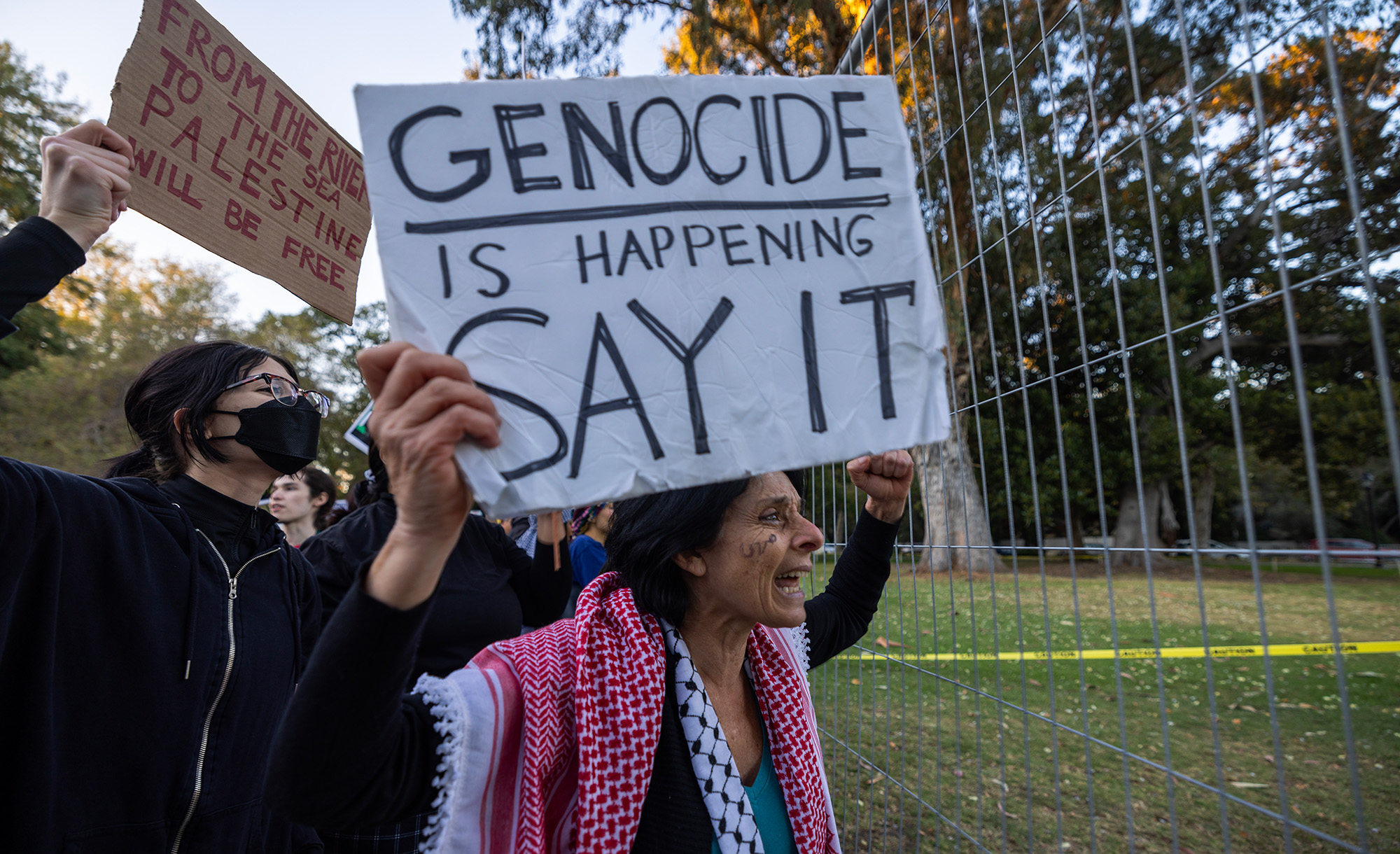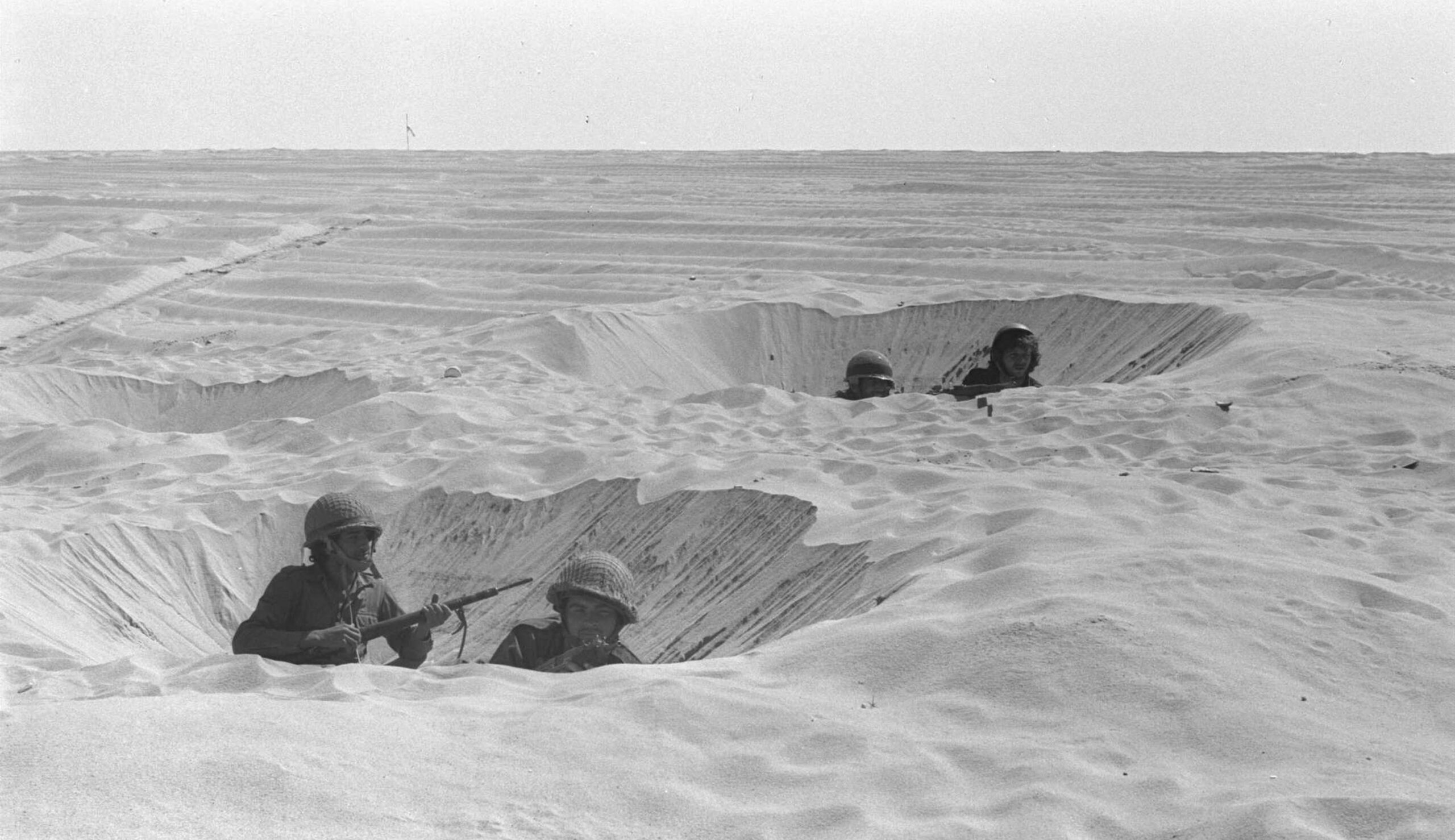In her book The Ravine, Wendy Lower tells the story of an extremely unusual, and especially horrifying, photograph of German troops and their Ukrainian helpers murdering a Jewish family on the edge of a pit outside the town of Miropol in October 1941. Over a million Jews were killed at similar pits and ditches, most of them before the gassing of Jews en masse began at Auschwitz and other camps. In her review, Amy Newman Smith recounts the surprising tale of the photographer:
Drafted into the Slovakian army, Lubomir Škrovina was sent with his unit to Ukraine in 1941 as part of Operation Barbarossa, the invasion of the Soviet Union. He served as a “guard and a company scribe” on the Germans’ eastern front. He was later denounced to the authorities of the Nazi-allied government for “making photos that were not permitted,” photos that “worked against the New Order in Europe.” . . .
While Škrovina had burned the photographs, . . . he had also retained the negatives so he could make new prints as proof of the horrors he had witnessed. In 1958, he was questioned again by the KGB and Czechoslovakia’s state security forces rooting out those who had collaborated with the Nazis.
The pictures shown in the book are only a few of those Škrovina took in his months on the eastern front. In packages to his Czech wife, Bohu, he sent film, along with instructions for getting it developed safely and distributed to those who might use the photos. “Think hard about what to release, then adopt the radical solution and stick to it,” he wrote. When he returned home on leave in December 1941, he was able to fake an illness that let him avoid being sent back to the front. He joined the Resistance, hiding Jews in his home and leading some of them to the partisans in the forest.
Read more at Jewish Review of Books
More about: Holocaust, Righteous Among the Nations


